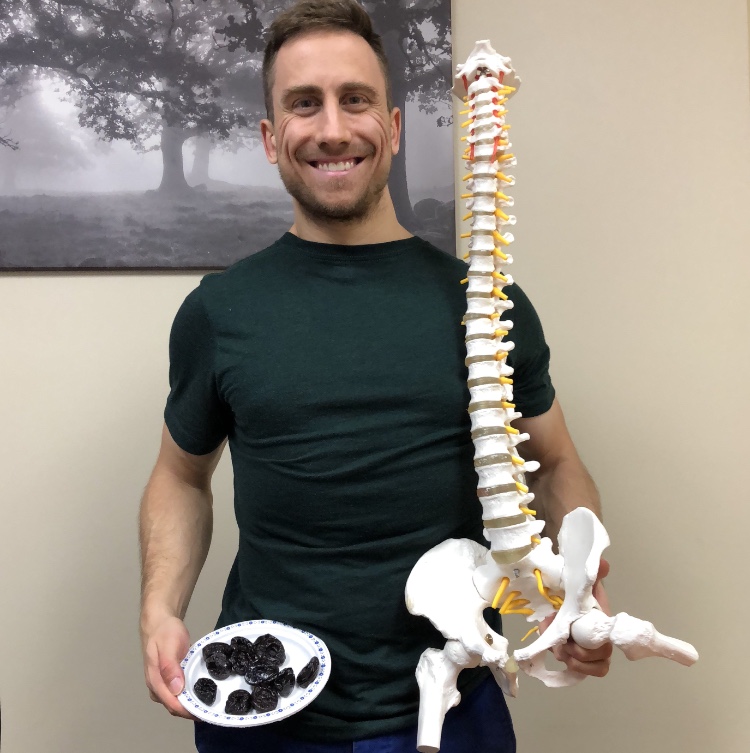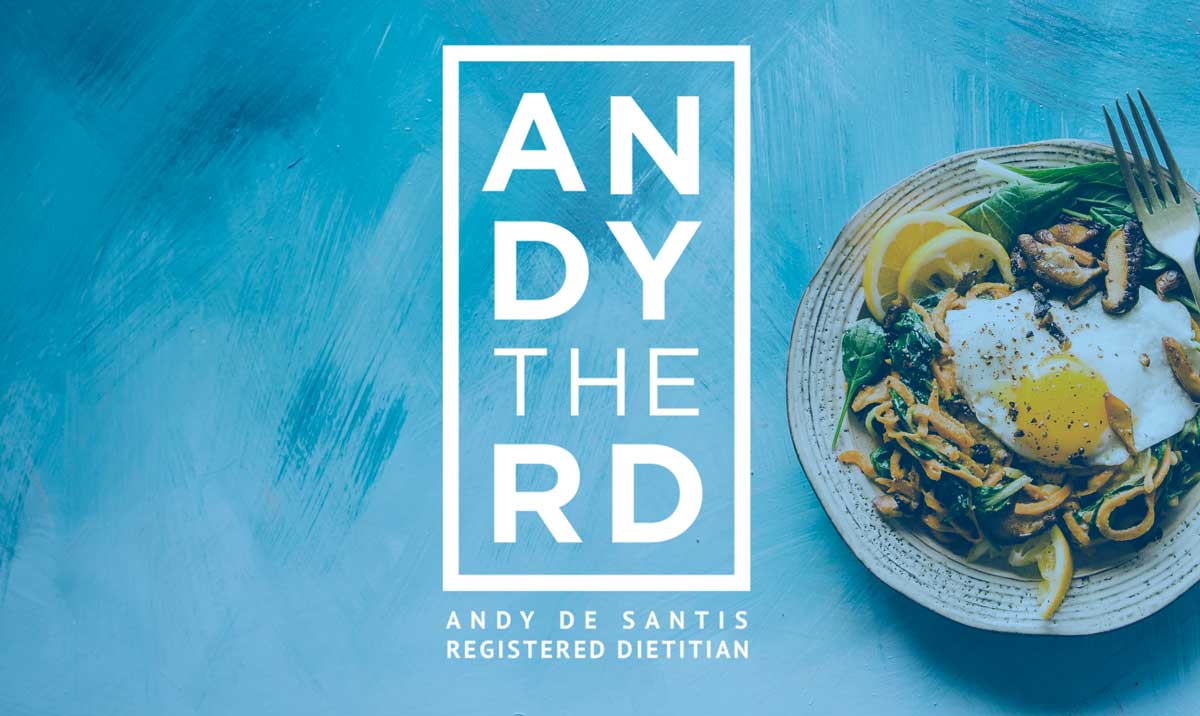As many of you may recall from my previous article on the topic, there is an emerging body of evidence suggesting that a daily serving of 5 California prunes can improve bone health by reducing physiological markers of bone turnover in post-menopausal women.
But what is the science behind this effect?
In celebration of March being Nutrition Month, it only seemed fitting that I took a little bit of time to more closely explore some of the unique blend of healthful compounds in prunes and how they impact our bodies for the better.
As with my previous posts on prunes and bone health, today’s article is sponsored by the California Prune Board.
Now let’s dig into some prune science!
In their 2017 review of the evidence out of the Nutrients journal, Arjmandi et al described prunes as a promising functional food for bone health.
Functional Foods, for those that may not know, are a generally described as foodstuffs which contain compounds that exert a specific benefit to the human body.
Tomatoes, for example, contain lycopene which has been increasingly linked with prostate cancer prevention.
So what bioactive compound(s) do prunes contain and how do they work towards improving bone health?
Prunes are known to contain a specific group of polyphenols known as cholorgenic acids as well as proanthocyanidins and several other similar compounds which may confer benefits to bone health due in part to their strong antioxidant and anti-inflammatory capacities.
Prunes are also among the fruits richest in vitamin K, boron and potassium, all of which are known to play a physiological role in supporting the structure of strong bones.
So it is not necessarily that prunes have one specific compound that other fruits do not, rather they appear to have something of a “perfect storm” in the sense that they contain a variety of components that offer a strong synergistic effect on our bones.
Case in point, when researchers compared the effect of dietary supplementation with prunes vs dried apples in post-menopausal women, they found evidence to suggest prunes had greater impact on bone health across the following indicators:
1. The prune group experienced a significant increase in bone mineral density in the ulna and spine.
2. The prune group more strongly suppressed the production of a compound known as RANKL and reduced blood levels of Sclerostin, which both play a role in promoting bone resorption (removing calcium from bones – bad).
3. The prune group also more strongly promoted the production of a compound known as OPG, which suppresses the bone resorption compounds above, thus helping to maintain more calcium in the bone and promoting overall bone health and strength.
Precisely how the cocktail of healthy compounds in prunes work towards these outcomes in the human body remains an area of great interest but suffice to say that these dried fruits will continue to remain a topic of great interest in the field of bone health for years to come.
Final Thoughts
Prunes contain a variety of healthful bioactive compounds which appear to have a synergistic effect on minimizing bone loss in post-menopausal woman who consume as few as 5 a day.
Today’s article gave you a glimpse of some how and why they are able to exert this effect, even if scientists still have more to learn.
I hope you found it insightful!
Until next time,
Andy De Santis RD MPH



